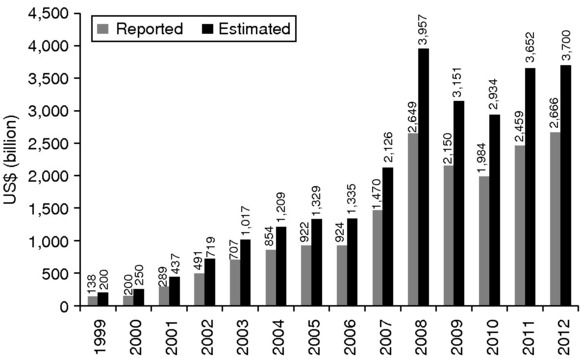Collateral: Modelling, Pricing and Optimisation
Giovanni Cesari, Zlatko Filipovic and Gordon Lee
The Basel III Enhancements to Counterparty Risk Capital Charges
The Regulation of Counterparty Risk in Over-the-Counter Derivatives Markets
The Non-Internal Model Method for Counterparty Credit Risk
On Credit Valuation Adjustments and Regulatory Capital
American Monte Carlo: A Practitioner Approach
Best Market Practice for Calculation and Reporting of Wrong-Way Risk
Central Counterparty Risk
CVA Risk Management Post-Crisis
Re-Thinking CVA: Valuations, Counterparty Credit Risk and Model Risk
Should Derivatives Dealers Make A Funding Value Adjustment?
Adjoint Algorithmic Differentiation: Real-Time Counterparty Credit Risk Management in Monte Carlo Simulations
Stress Test of Counterparty Risks and Dynamic Hedging of the CVA
Dynamic Stress Testing of Counterparty Default Risk
Collateral: Modelling, Pricing and Optimisation

There are several ways of mitigating potential future credit exposure with a given client. Among the most common and effective is having collateral agreements in place. Managing collateral pools, and deciding what kind of asset to post to a client and what to do with existing assets in the pool have become extremely challenging for large broker-dealers.
In many financial institutions, collateral management has traditionally been a back-office role. It has mainly consisted of having a team of collateral managers just to ensure that the legal obligations of matching exposure to posting collateral were satisfied. The value of the optimisation of such posting was often secondary to this process.
The 2007–9 global financial crisis has placed the importance of collateral management centre stage. According to the ISDA Margin Survey 2013 report (International Swaps and Derivatives Association 2013), the amount of collateral being called has increased multiple times since the end of 1990s, as we can see from Figure 14.1.

Copyright Infopro Digital Limited. All rights reserved.
As outlined in our terms and conditions, https://www.infopro-digital.com/terms-and-conditions/subscriptions/ (point 2.4), printing is limited to a single copy.
If you would like to purchase additional rights please email info@risk.net
Copyright Infopro Digital Limited. All rights reserved.
You may share this content using our article tools. As outlined in our terms and conditions, https://www.infopro-digital.com/terms-and-conditions/subscriptions/ (clause 2.4), an Authorised User may only make one copy of the materials for their own personal use. You must also comply with the restrictions in clause 2.5.
If you would like to purchase additional rights please email info@risk.net











